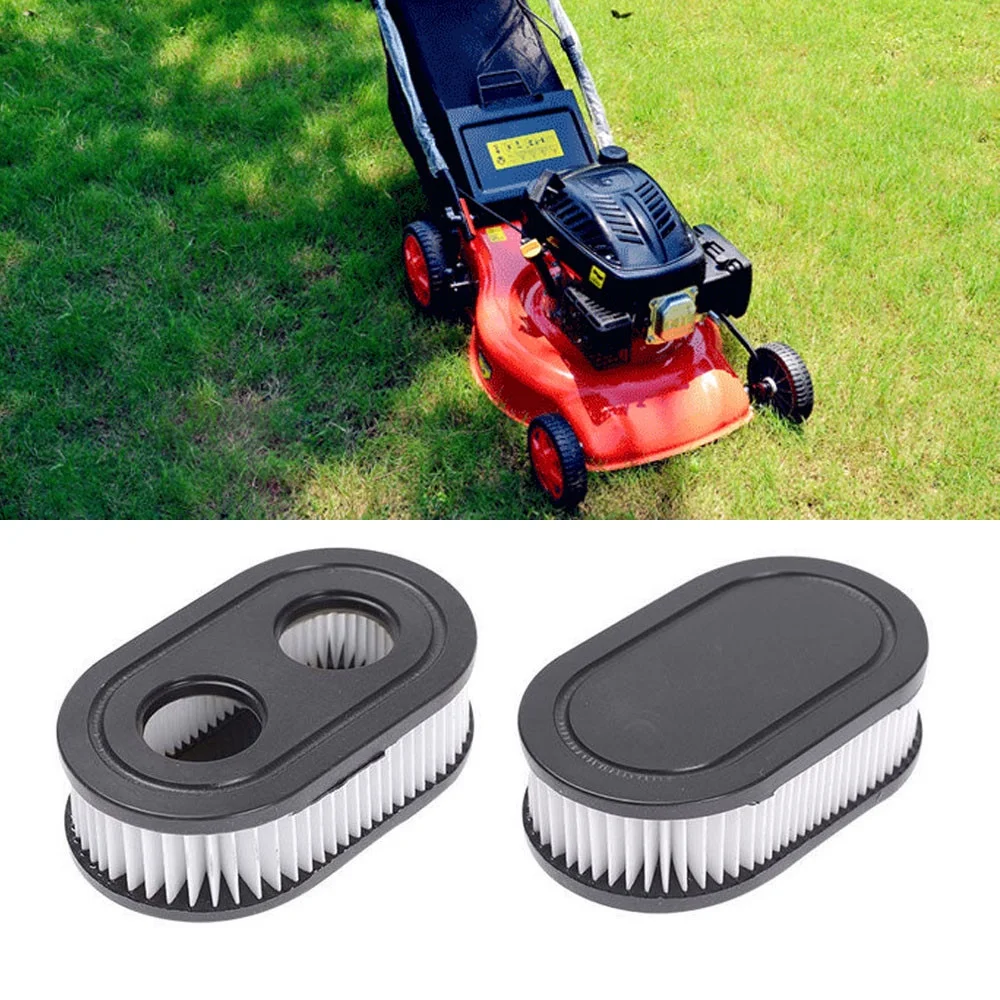Gas in oil, also known as fuel dilution, is a common issue that can plague small engines. It occurs when gasoline or fuel mixes with the engine oil, leading to a variety of problems. While it might seem like a minor inconvenience, the effects can be severe, causing damage to the engine, reducing its performance, and even leading to complete engine failure.
How Does Gas Get into the Oil?
There are several ways that gas can find its way into the engine oil:
- Carburetor Problems: A faulty carburetor can allow excess fuel to enter the engine, some of which may end up in the crankcase.
- Fuel Pump Issues: A malfunctioning fuel pump can deliver excessive fuel to the engine, leading to fuel dilution.
- Engine Design Flaws: In some cases, the design of the engine itself can contribute to fuel dilution. For instance, if the crankcase breather system is not functioning properly, it can allow fuel vapors to enter the oil.
- Incorrect Fuel-to-Oil Ratio: In two-stroke engines, using an incorrect fuel-to-oil ratio can result in excess fuel being burned, which can then enter the crankcase.
- Excessive Idling: Prolonged idling can lead to fuel dilution, as the engine is not burning all of the fuel that is being delivered.
Signs of Gas in Oil
Recognizing the signs of gas in oil is crucial to prevent further damage to your engine. Here are some common indicators:
- Smoke: If your engine is producing excessive smoke, especially blue or white smoke, it could be a sign of fuel dilution.
- Reduced Power: Your engine may experience a loss of power or performance.
- Rough Idling: The engine may idle roughly or stall.
- Oil Level Increase: The oil level in the crankcase may appear to be higher than normal.
- Engine Knocking or Pinging: You may hear a knocking or pinging sound coming from the engine.
- Fuel Smell: There may be a strong smell of fuel coming from the engine.

Consequences of Gas in Oil
If left untreated, gas in oil can have serious consequences for your small engine:
- Reduced Engine Life: Fuel dilution can accelerate engine wear and tear, leading to a shorter lifespan.
- Damaged Components: The corrosive properties of gasoline can damage engine components, such as the pistons, rings, and bearings.
- Increased Fuel Consumption: Fuel dilution can cause the engine to run less efficiently, leading to increased fuel consumption.
- Engine Failure: In severe cases, gas in oil can cause complete engine failure.
Preventing Gas in Oil
To prevent gas in oil, it is important to take the following steps:
- Regular Maintenance: Ensure that your engine is properly maintained. This includes regular oil changes, air filter replacements, and carburetor adjustments.
- Use High-Quality Fuel: Use high-quality fuel that meets the specifications recommended for your engine.
- Avoid Excessive Idling: Limit the amount of time that your engine idles.
- Address Carburetor Problems: If you suspect that your carburetor is faulty, have it inspected and repaired.
- Check Fuel Pump Operation: Ensure that your fuel pump is functioning properly.
- Use the Correct Fuel-to-Oil Ratio: In two-stroke engines, use the recommended fuel-to-oil ratio.
Adjusting carburetor settings
A carburetor is a vital component in many internal combustion engines. It mixes fuel and air in precise proportions to create a combustible mixture that powers the engine. When a carburetor is not adjusted correctly, it can lead to various problems, such as poor fuel economy, difficulty starting, and engine performance issues.
Common Carburetor Problems
- Idle Problems: The engine may idle too high or too low, or it may stall.
- Acceleration Issues: The engine may hesitate or surge during acceleration.
- Fuel Consumption Issues: The engine may consume excessive fuel.
- Starting Problems: The engine may be difficult to start, especially when cold.
Basic Carburetor Adjustments
While the specific adjustments may vary depending on the make and model of your engine, here are some common adjustments:
- Idle Speed Adjustment: This screw controls the engine’s idle speed. Turning it in (clockwise) increases the idle speed, while turning it out (counterclockwise) decreases it.
- Idle Mixture Adjustment: This screw controls the air-fuel mixture at idle. Turning it in (clockwise) adds more fuel to the mixture, while turning it out (counterclockwise) adds more air.
- Main Fuel Adjustment: This screw controls the fuel flow at higher engine speeds. Turning it in (clockwise) increases fuel flow, while turning it out (counterclockwise) decreases it.
Tips for Adjusting Carburetor Settings
- Consult the Owner’s Manual: Refer to your engine’s owner’s manual for specific adjustment procedures and recommended settings.
- Use a Tachometer: A tachometer can help you measure the engine’s RPMs accurately, which is important for adjusting idle speed and other settings.
- Make Small Adjustments: Avoid making large adjustments to the carburetor settings. Make small adjustments and test the engine’s performance after each change.
- Avoid Over-Adjusting: Over-adjusting the carburetor can lead to more problems. If you’re unsure what you’re doing, it’s best to consult a professional mechanic.
When to Seek Professional Help
If you’re unable to resolve carburetor issues through basic adjustments, or if the engine is running poorly despite your efforts, it’s recommended to seek professional help. A mechanic can diagnose the problem and make the necessary repairs or adjustments.

Diagnosing and Repairing Gas in Oil
If you suspect that your engine has gas in oil, it is important to have it diagnosed and repaired by a qualified mechanic. They can inspect the engine for signs of damage and identify the underlying cause of the problem.
The repair process may involve:
- Oil Change: Draining the old oil and replacing it with fresh oil.
- Engine Cleaning: Cleaning the engine to remove any fuel residue.
- Repairing Faulty Components: Replacing or repairing any faulty components, such as the carburetor, fuel pump, or engine seals.
Testing the engine before regular use
Before putting your engine to work, it’s essential to conduct a thorough inspection and test. This can help you:
- Identify potential issues: Early detection of problems can prevent costly repairs or downtime.
- Ensure optimal performance: A well-functioning engine will operate efficiently and reliably.
- Avoid safety hazards: Faulty engines can pose risks to both the operator and those nearby.
Basic Pre-Use Checks
Here are some fundamental steps to follow:
-
Visual Inspection:
- Leaks: Check for oil, coolant, or fuel leaks.
- Belts and hoses: Inspect for wear, cracks, or misalignment.
- Corrosion: Look for rust or corrosion on metal components.
- Fasteners: Ensure all bolts and nuts are securely tightened.
-
Fluid Levels:
- Oil: Verify the oil level is within the recommended range.
- Coolant: Check the coolant level in the radiator.
- Fuel: Ensure the fuel tank is filled to the appropriate level.
-
Battery:
- Charge: Verify the battery has a full charge.
- Terminals: Clean and tighten the battery terminals.
-
Starting:
- Cranking: Attempt to start the engine. Listen for any unusual noises or difficulty starting.
- Idle: Once started, let the engine idle for a few minutes. Observe for any unusual vibrations, smoke, or odors.
Additional Tests for Specific Engines
Depending on the type of engine, you may need to perform additional tests:
- Small Engines (Lawn Mowers, Chainsaws):
- Spark plug: Check the condition of the spark plug.
- Air filter: Inspect the air filter for dirt or debris.
- Automotive Engines:
- Compression test: Measure the compression in each cylinder to assess engine health.
- Vacuum test: Evaluate the engine’s intake manifold vacuum to check for leaks or performance issues.
- Industrial Engines:
- Oil pressure: Monitor the oil pressure gauge to ensure adequate lubrication.
- Temperature: Check the engine temperature gauge for normal operating conditions.
When to Seek Professional Help
If you encounter any problems during your pre-use testing, it’s advisable to consult a mechanic or refer to the engine’s owner’s manual. They can provide expert advice and assistance in diagnosing and resolving issues.
By following these guidelines and performing regular pre-use checks, you can help ensure the longevity and optimal performance of your engine.

Gas in oil is a serious problem that can have devastating consequences for your small engine. By understanding the causes, symptoms, and prevention methods, you can help to protect your engine and ensure its long-term reliability. If you suspect that your engine has gas in oil, it is important to seek professional help to diagnose and repair the problem.





